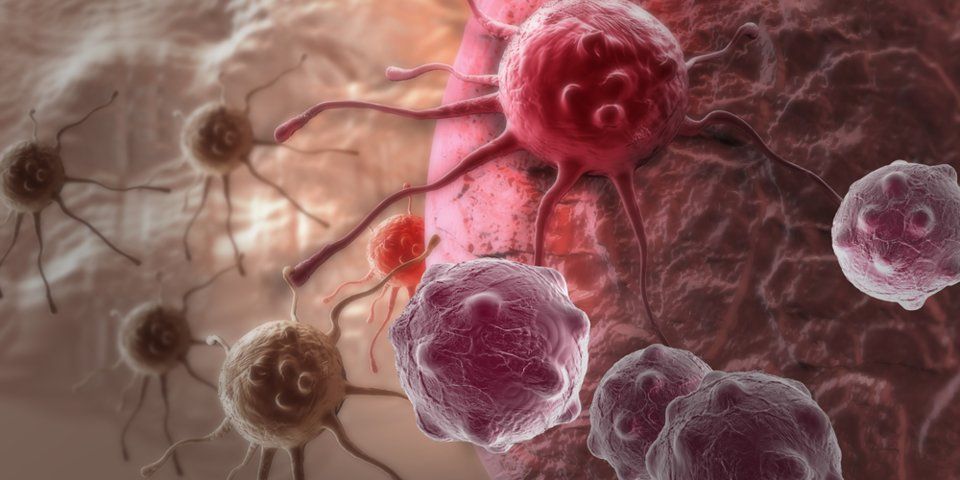In a world first, a patient with Parkinson’s disease has undergone transplant therapy, which uses reprogrammed stem cells to replace neurons destroyed by the disease.
Stem cell therapy is part of the toolkit
The stem cell field is an area of science that is relatively well funded and, out of all the branches of medical science relevant to aging, is probably the most understood by the public. In the last decade or so, progress in stem cell research has been rapid, and scientists now have a wide range of cell types they can create on demand via cellular programming.



